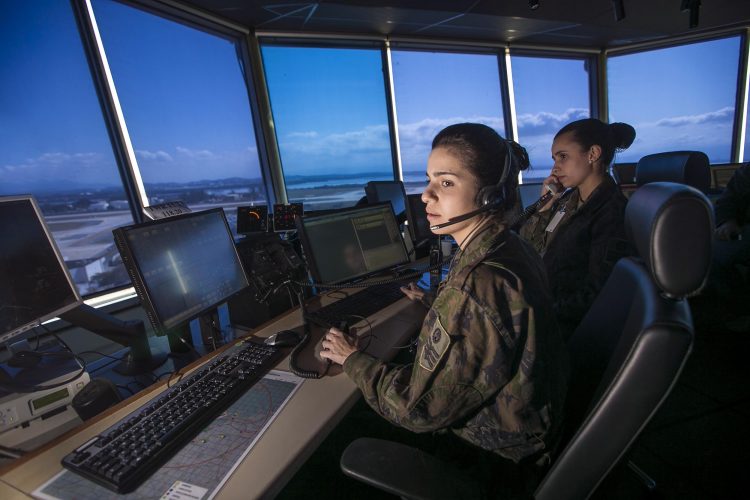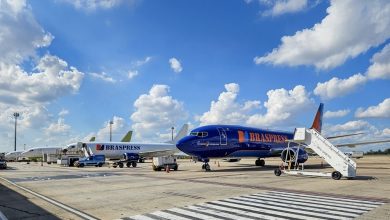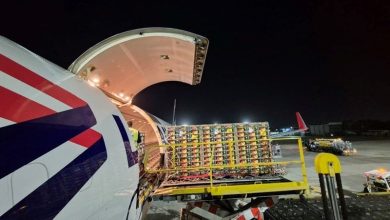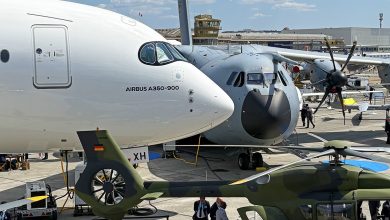Regulador de Aviação prescreve limites de trabalho para controladores de tráfego aéreo fatigados

Para combater o aumento dos níveis de fadiga entre os controladores de tráfego aéreo, a Diretoria Geral de Aviação Civil (DGCA), reguladora da aviação, publicou um projeto de normas que limitam as horas e dias de trabalho. Esta é a primeira iniciativa do gênero e será uma exigência da aviação civil (CAR), solicitando comentários das partes interessadas até 9 de janeiro.
Leia na íntegra:
To combat rising fatigue levels among air traffic controllers, aviation regulator Directorate General of Civil Aviation (DGCA) has come out with draft norms that put a cap on working hours and days. This is the first initiative of its kind and will be a civil aviation requirement (CAR), seeking stakeholders’ comments till January 9.
Made public on Monday, the CAR states that the maximum duty timings of air traffic controllers (ATCOs) is to be 12 hours and total duty hours should not exceed 50 hours within six consecutive days. A cap of 200 hours in 30 days has also been proposed. On night duty, the CAR says, “No more than three consecutive duties shall be worked which cover all or part of the period of night duties.”
A senior Airports Authority of India (AAI) official said that the CAR is aimed at ensuring no ATCO should be overloaded or asked to perform overtime as this is a stressful job and requires adequate rest. Confirming that this is the first initiative by DGCA to combat fatigue among its employees, director general of DGCA BS Bhullar said, “It is ATS watchtower duty limitations, it is in line with government decision for DGCA to license ATCOs.”
The CAR may pose a challenge to Mumbai’s airport since it is the only major airport in the country facing a shortage of ATCOs. At present, Mumbai airport has 347 air traffic service officials who handle over 900 flights daily on an average. “In order to cope up with this shortage, recruitment of officers is in the process, as a result of which more officers have been joining. Few more vacancies are to be made available soon. In order to retain the strength of the staff, we will be having fewer officers transferred out to other places from Mumbai this year,” said an AAI official.
According to the CAR, the Air Navigation System (ANS) provider must prepare and publish officers’ duty roster well in advance so that air traffic services (ATS) personnel can plan adequate rest periods. If an airport is handling more air traffic than its declared runway capacity, then ATCOs should be given at least 30 minutes’ rest after every two hours. “There must be at least 12 hours between the end of one duty period and the beginning of the next duty. If the maximum number of consecutive days of duty is rostered, there shall be a minimum interval of 24 hours between the end of one consecutive period of duty days and the next,” said the CAR.
The CAR comes after the United Nations’ agency International Civil Aviation Organisation (ICAO) recommended air navigation services that handle air traffic control services should come under separate regulatory agency. As a result of this, the ATCOs — traditionally handled by AAI — will now be licenced by the DGCA.
Fonte: AviationPros 27/12/2018





